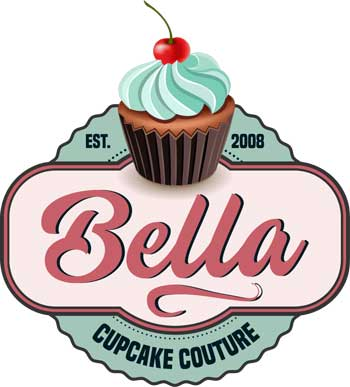
From all kinds of spoons to several types of spatulas, there are a lot of kitchen tools to keep track of, and many of them get forgotten in drawers. Maybe one of those forgotten tools in your kitchen is the pastry brush. In this article, I will not only teach you how to use a pastry brush, but I will also discuss why it is such a useful and versatile tool. Also, I will share with you why not all pastry brushes are made the same and how you can take care of your pastry brush. Whether you are a novice baker or an experienced cook, it is a good thing to keep our knowledge of kitchen tools thorough and updated.
The Different Types of Pastry Brushes
The types of pastry brushes are categorized by the type of bristles they have, which affects their effectiveness and use. Pastry brushes are also called basting brushes. If you do not yet know what basting is, we will get to that later. In the meantime, I will give a quick rundown of the difference between the types of pastry brushes. Knowing what kind of pastry brush you have is important in knowing how to use pastry brush.
Silicone Bristles
A silicone pastry brush is made of, well, silicone! The main part made of silicone is the bristles, while the handle may be made of plastic, metal or silicone as well. Silicone brushes are inexpensive, easy to find, and easy to clean. Silicone is flexible and can spread thick sauces on large surface areas. The material is designed to withstand high heat.
Boar Bristles
This type of pastry brush will resemble a paintbrush, and similar to painting, a boar-bristle pastry brush is fantastic for delicate tasks. The brushes can hold more liquid than synthetic bristles. Since the boar bristles are naturally water-resistant, the brush can absorb more oils. This type of pastry brush is best for spreading thin liquids, like oils, melted butter, or marinades.
Nylon Bristles
Similar to pastry brushes with silicone bristles, nylon-bristled pastry brushes are more durable and low maintenance. They are also ideal for thick liquids and large surface areas. How to use pastry brush made of nylon bristles? Think large loaves of bread or huge cuts of meat.
Teflon Bristles
Teflon bristles are very thin and delicate and a lot like boar bristles. However, they can be used up to 500 degrees Fahrenheit, so you can use this type of pastry brush directly onto hot grills or pans. Pastry brushes with Teflon bristles work well with thin liquids.
The Uses of a Pastry Brush
Have you ever wondered how pastries and loaves of bread achieve their perfect golden-brown crusts? Do you want to know how to coat a pork chop sizzling on the grill perfectly? The pastry brush can help you with that.
- Apply sauce to meats
- Apply a glaze to fish
- Add delicate sugar glazes to cakes and cookies
- Add an egg wash to a pastry
- Apply melted butter onto a sheet pan
- Remove excess flour off bread dough
You simply need to dip or soak your pastry brush in the oil, glaze, or sauce and apply it directly to the surface of your choice. A good tip for how to use pastry brush is to make sure you use different brushes for different occasions. Do not use the same brush you baste the meat with to apply a glaze to a pastry. Keep them separate to prevent flavors and odors from transferring over.
If a recipe calls for the use of a pastry brush, what do you do if you do not have one? You can substitute with a tightly rolled piece of paper towel or a rolled up a small piece of cheesecloth. In desperate times, you can use your fingertips—as long as you are not applying hot liquids.
How to Clean and Store a Pastry Brush
Pastry brushes should be regularly cleaned to avoid the growth of bacteria. Knowing how to keep a pastry brush clean and fit to use is important in knowing how to use a pastry brush. The bristles can be annoying to wash, especially if the bristles are fine and prone to falling off. Here is how you should clean a pastry brush.
- Soak the pastry brush in warm water. This prevents any oils and liquids from hardening, and it will make it easier to wash them off later. Oils can turn the materials of a brush rancid and make it unsafe for use.
- Run the bristles under hot water and scrub gently with detergent.
- Some pastry brushes, like silicone ones, allow you to remove the base of the bristles from the handle. Do this and wash all the nooks and crannies.
- Rinse the brush and leave it in a clean place to air dry.
You can store your pastry brush in a cutlery drawer along with your whisks, sieves, measuring cups, and other cooking tools. Just make sure you do not store it while it is still wet.
Conclusion
Do not let your pastry brush gather dust, especially now that you know how to use pastry brush. These brushes save you a lot of time and energy and, when used correctly, can make your food tasted and look better. Just remember to use a pastry brush that is safe for food. Do not pick up a paintbrush, even if it is new and clean, to use on your food. Likewise, do not use your pastry brush for cleaning. Enjoy your pastry brush and all its incredible uses. Know more about pastry brushes.
